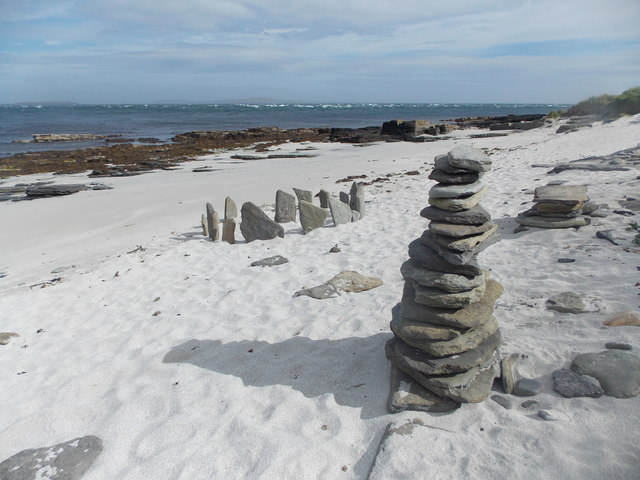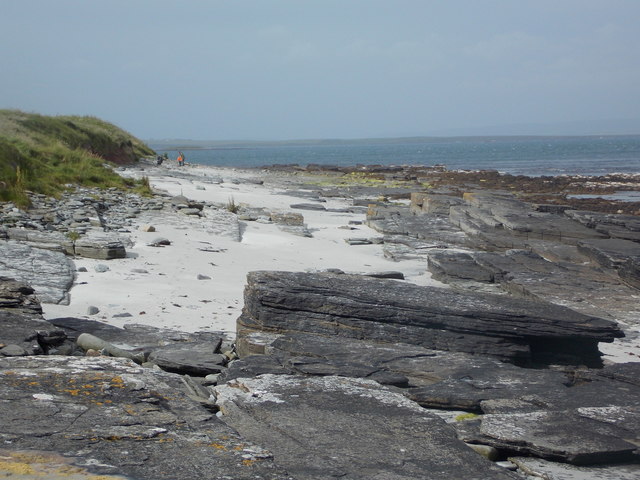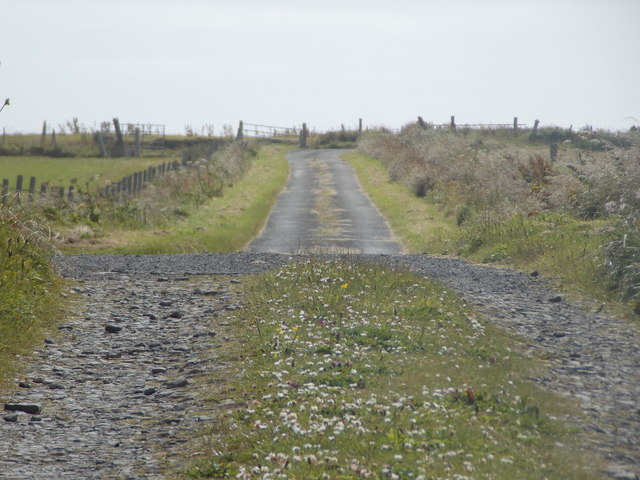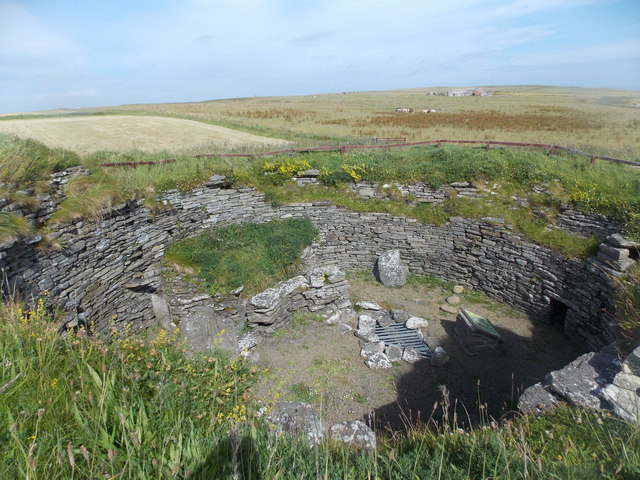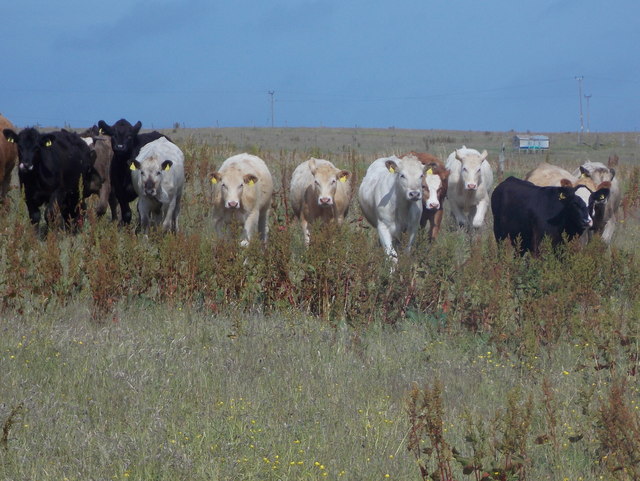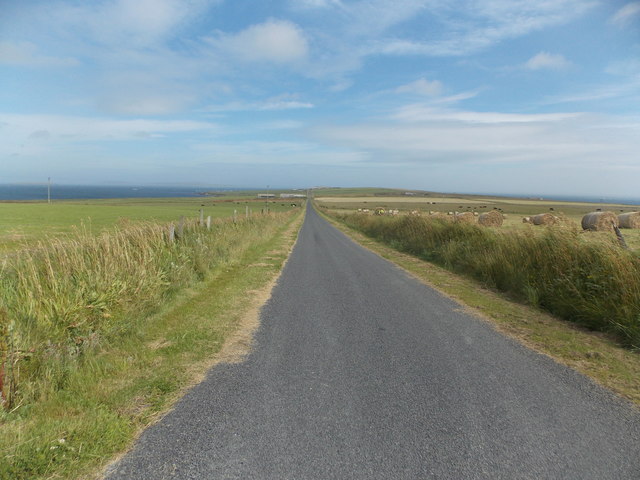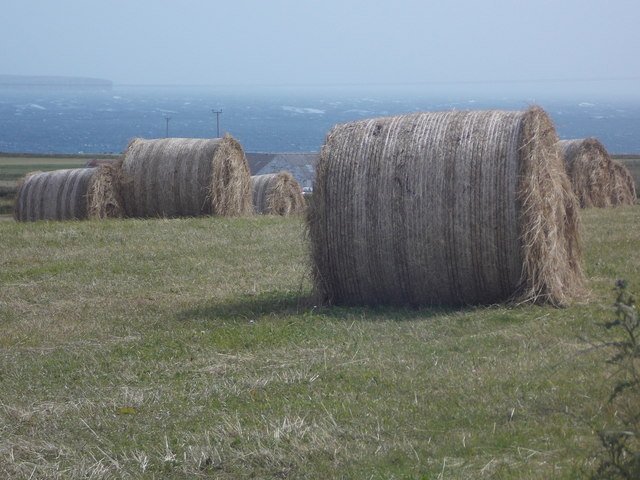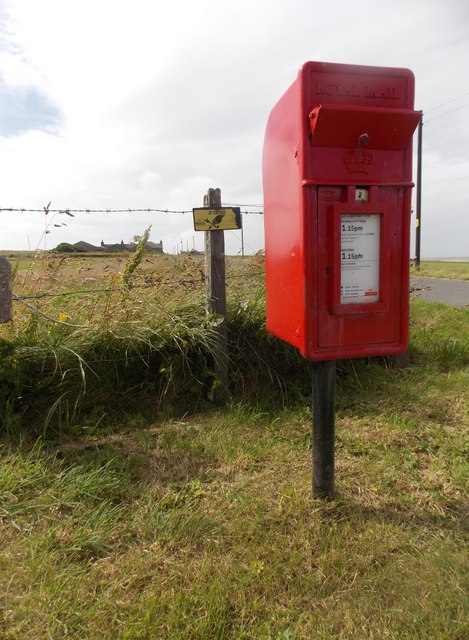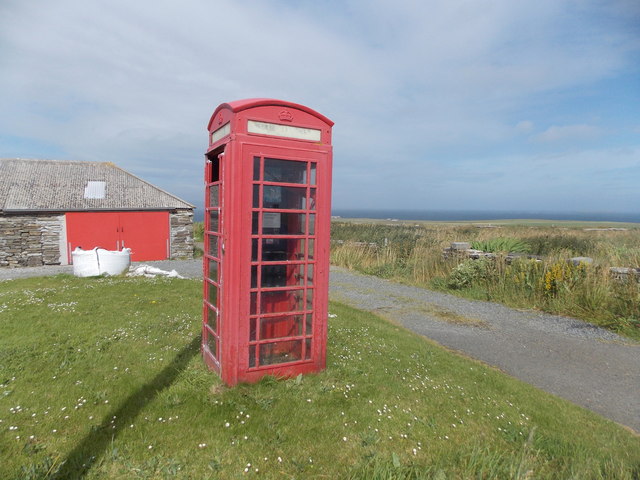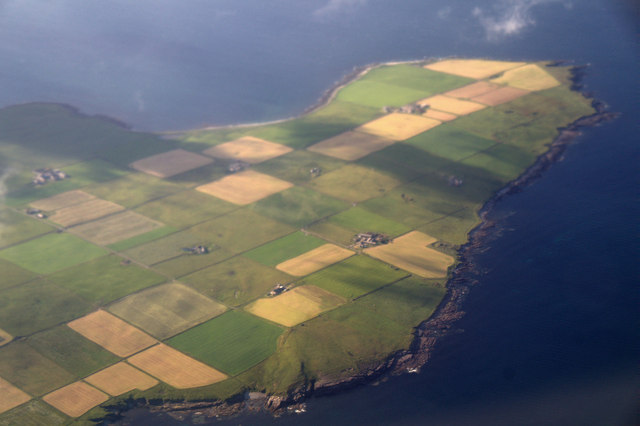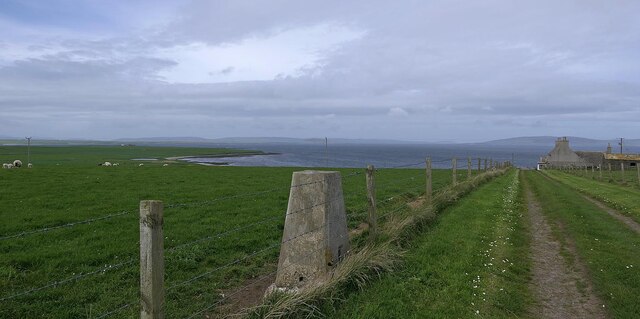Innsker
Bay in Orkney
Scotland
Innsker
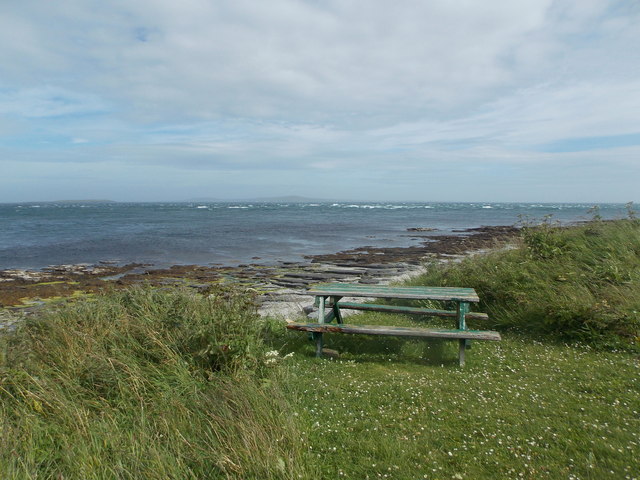
Innsker Bay is a picturesque coastal area located in the Orkney Islands, an archipelago situated off the northeastern coast of Scotland. It is nestled in the northwest corner of Mainland Orkney, the largest island in the group. The bay is renowned for its stunning natural beauty, diverse wildlife, and historical significance.
The bay is characterized by its pristine sandy beaches, jagged cliffs, and crystal-clear waters. It offers panoramic views of the North Atlantic Ocean, with the distant islands of Rousay and Eynhallow adding to the scenic allure. The area is a haven for nature enthusiasts, attracting a wide range of bird species, including puffins, guillemots, and terns. Seals can often be spotted basking on the rocks, while occasional sightings of dolphins and whales further enhance the marine experience.
Innsker Bay also holds historical importance, with remnants of ancient settlements and burial sites scattered throughout the area. Archaeological excavations have unearthed evidence of human occupation dating back thousands of years, providing valuable insights into Orkney's prehistoric past. The nearby village of Evie is also home to the Broch of Gurness, an Iron Age settlement that stands as a testament to the island's rich history.
Visitors to Innsker Bay can enjoy various outdoor activities, such as beachcombing, hiking along the coastal trails, and exploring the nearby attractions. The bay's tranquil ambiance, combined with its natural and cultural treasures, make it a must-visit destination for those seeking a peaceful escape in the heart of the Orkney Islands.
If you have any feedback on the listing, please let us know in the comments section below.
Innsker Images
Images are sourced within 2km of 59.078984/-2.8350419 or Grid Reference HY5221. Thanks to Geograph Open Source API. All images are credited.
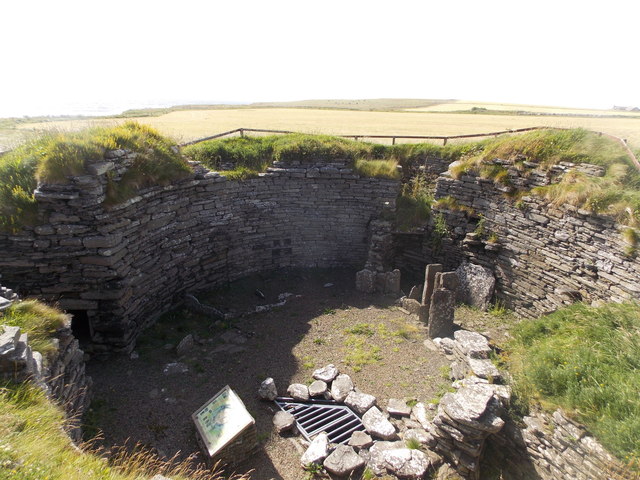
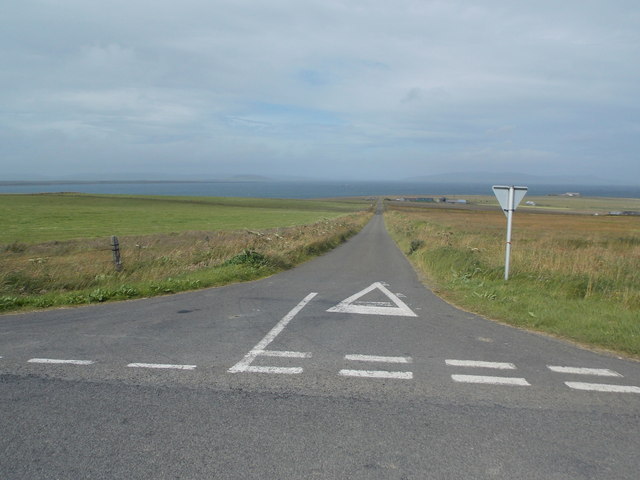
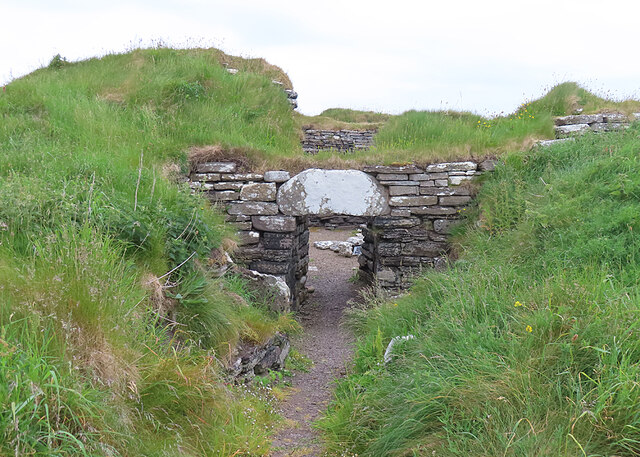
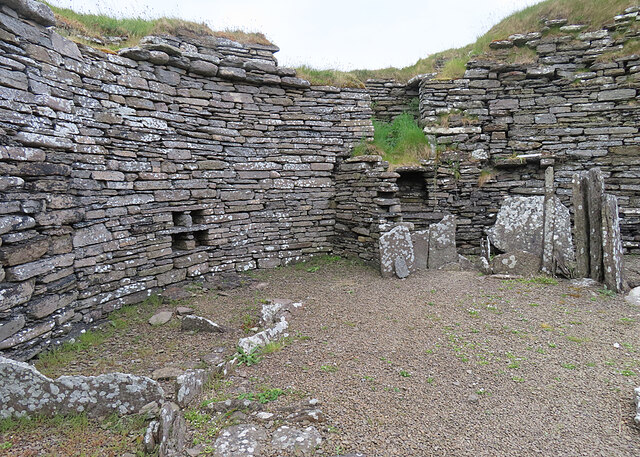
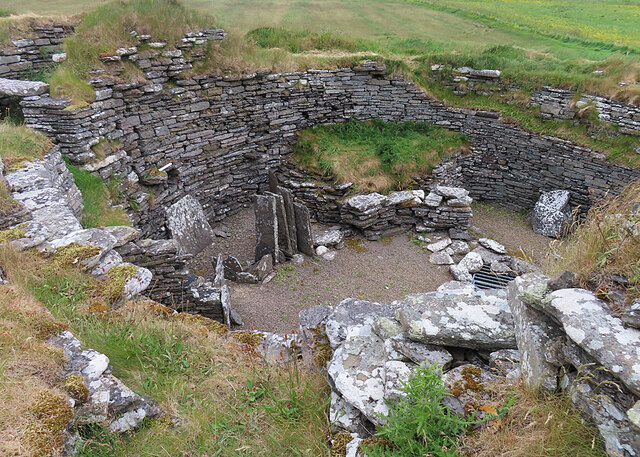
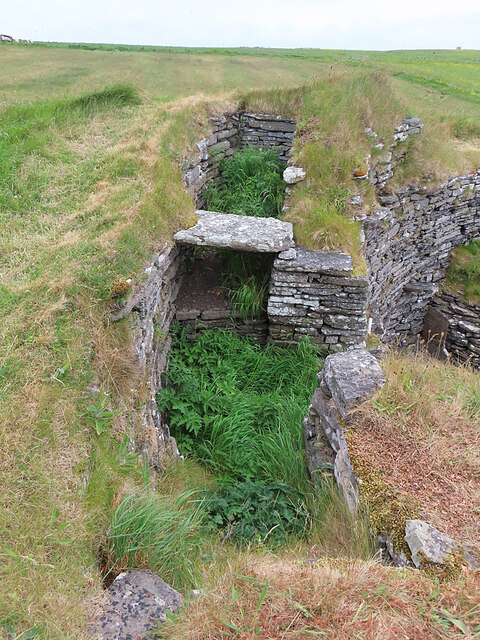
Innsker is located at Grid Ref: HY5221 (Lat: 59.078984, Lng: -2.8350419)
Unitary Authority: Orkney Islands
Police Authority: Highlands and Islands
What 3 Words
///retina.embodied.dumplings. Near Balfour, Orkney Islands
Nearby Locations
Related Wikis
Quholm
Quholm (grid reference HY5221) is a farm in the northeast of Shapinsay, in the islands of Orkney, Scotland. == Historical sites == Slightly to the south...
Burroughston Broch
Burroughston Broch is an Iron Age broch located on the island of Shapinsay in the Orkney Islands, in Scotland (grid reference HY54062100). The site overlooks...
Veantro Bay
Veantro Bay is a bay on the northwest coast of Shapinsay in the Orkney Islands, Scotland.At the head of the bay is a large stone, thought to be associated...
Lairo Water
Lairo Water is a surface water body known as an ayre situated on the western coast of Shapinsay in the Orkney Islands. This brackish water body is separated...
Nearby Amenities
Located within 500m of 59.078984,-2.8350419Have you been to Innsker?
Leave your review of Innsker below (or comments, questions and feedback).
